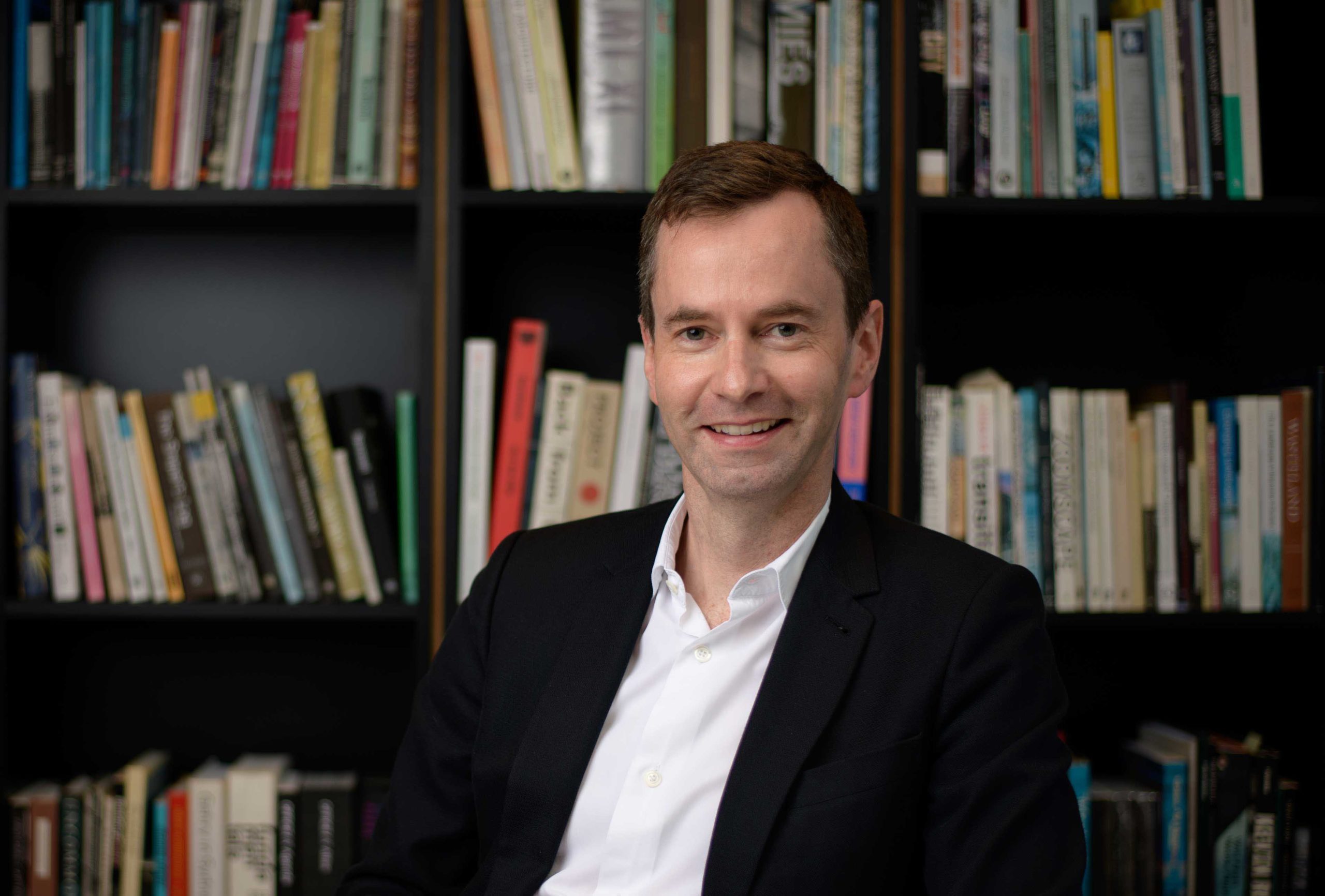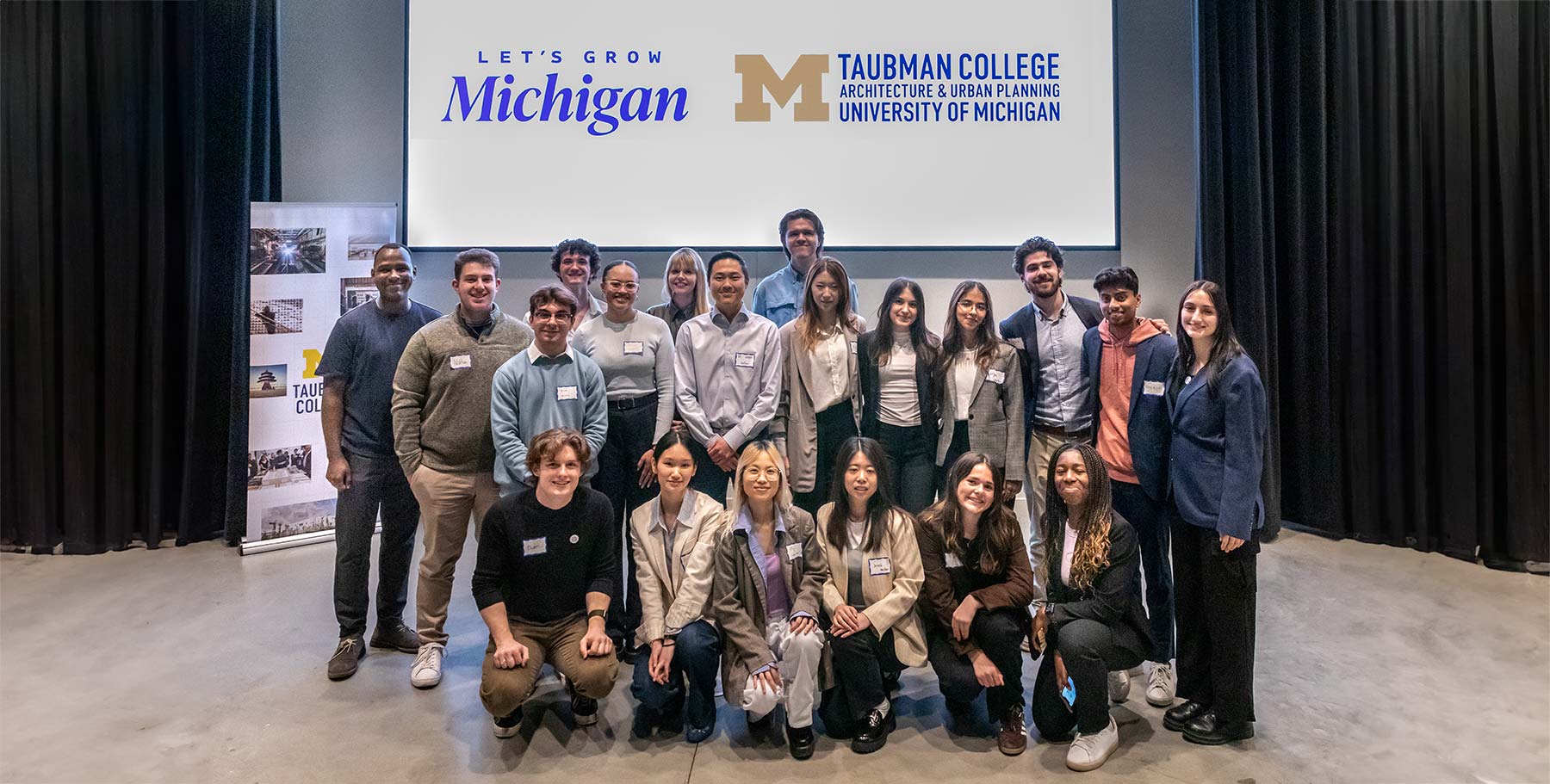Charles Rice, professor of architecture and associate dean (research) in the Faculty of Design, Architecture and Building at the University of Technology Sydney, will join Taubman College as a Fulbright Fellow in the fall 2020 semester.
Rice will be studying the work of Gunnar Birkerts, a renowned architect who was a faculty member at Taubman College from 1959 to 1990. Birkerts, who was chief designer for Minoru Yamasaki, the architect of the World Trade Center in New York City, worked on a number of notable buildings around the country. In 1963, Birkerts opened a firm in Birmingham, Michigan, and designed many buildings in Southeast Michigan in the following decades, including a wing of the Detroit Institute of Arts and the Domino’s Farms complex in Ann Arbor, which includes the headquarters of Domino’s Pizza Inc. The Latvian-born Birkerts gained international acclaim as the architect of the National Library of Latvia in the capital city of Riga. Known as the “Castle of Light,” it is the world’s largest library and officially opened in 2014. His other large-scale projects include the Corning Museum of Glass and the Corning Fire Station in Corning, New York; Marquette Plaza in Minneapolis, Minnesota; the Kemper Museum of Contemporary Art in Kansas City, Missouri; and the Embassy of the United States in Caracas, Venezuela.
“I have long been interested in Birkerts as an architect emerging after the apogee of mid-century,” Rice said. “I’ve always been intrigued by his designs for underground buildings, and these will be the focus of my research. This research will link to a larger project of mine on how large-scale interiors have fundamentally changed architecture’s urban interface since the 1960s.”
Rice said he is excited to explore the Birkerts archive at the University of Michigan’s Bentley Historical Library. “But I am equally excited to be part of the life of Taubman College and to enjoy a semester at one of the premier architecture schools in the U.S.,” he said.
”I also have an abiding interest in how institutions structure their research endeavours, so I’m keen to learn more about how the University of Michigan has become such an important public research university.”





